
Remittances sent home by overseas Pakistanis soared 20 per cent in the first eight months (July-February) of the current fiscal year, in the wake of a tightening of noose around illegal channels, a stable rupee and contribution of charity money after flood ravages.
Remittances totalled $6.96 billion in July-February 2010-11, compared with $5.79 billion in the corresponding period of the preceding year, according to the State Bank of Pakistan (SBP) on Thursday.
In February alone, $845.28 million was sent home by overseas Pakistanis, up 43.5 per cent or $256.25 million, compared with $589.03 million in February 2010.
BMA Capital Head of Equity Research Hamad Aslam said that tightening of rules and a government crackdown on illegal Hundi and Hawala money transfers over the last two to three years have diverted the flow of remittances towards legal channels. “Earlier, around 50 per cent of remittances were coming from illegal channels, but now the figure has come down to around 30 per cent,” he said.
Aslam said that a stable rupee against the dollar in the current fiscal year has also caused an increase in remittances as earlier the overseas Pakistanis were holding back the transfer of money to their relatives back home in anticipation of a depreciation in the value of rupee. “In fact, the rupee has appreciated in the last three months,” he said.
Aslam said the flow of charity money from Pakistanis working abroad for relief and rehabilitation following floods in July-August last year also supported the increase in remittances.
An initiative called Pakistan Remittance Initiative, undertaken by the State Bank, Ministry of Finance and Ministry of Overseas Pakistanis more than a year ago, is also facilitating the flow of remittances through formal channels.
The inflow of remittances in July-February 2010-11 from the United Arab Emirates (UAE), Saudi Arabia, USA, Gulf Cooperation Council (GCC) countries (including Bahrain, Kuwait, Qatar and Oman), UK and EU countries amounted to $1.63 billion, $1.56 billion, $1.3 billion, $820.02 million, $770.91 million and $220.24 million respectively.
Remittances from Norway, Switzerland, Australia, Canada, Japan and other countries during the period amounted to $663.73 million.
Published in The Express Tribune, March 11th, 2011.


1723621875-0/kylie-(1)1723621875-0-165x106.webp)



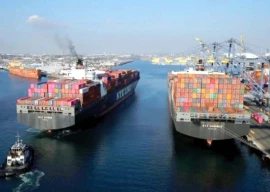




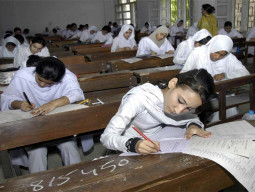

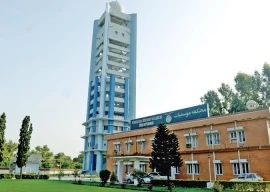
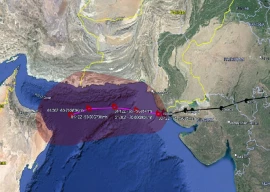
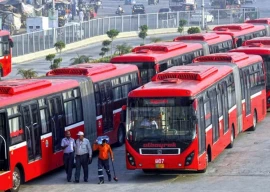




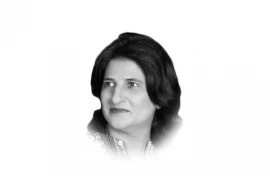


COMMENTS (4)
Comments are moderated and generally will be posted if they are on-topic and not abusive.
For more information, please see our Comments FAQ